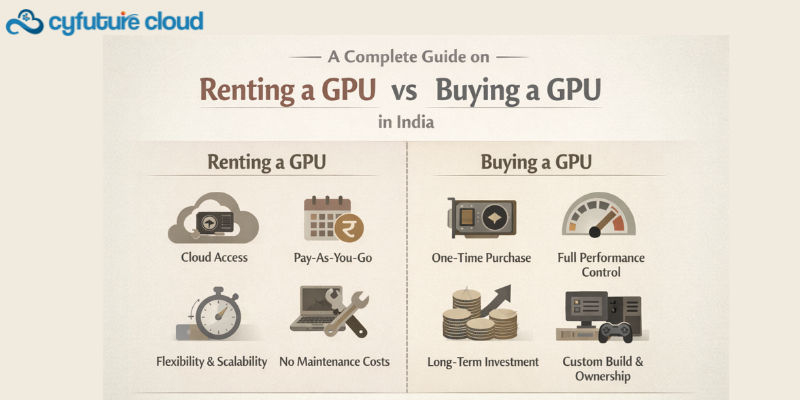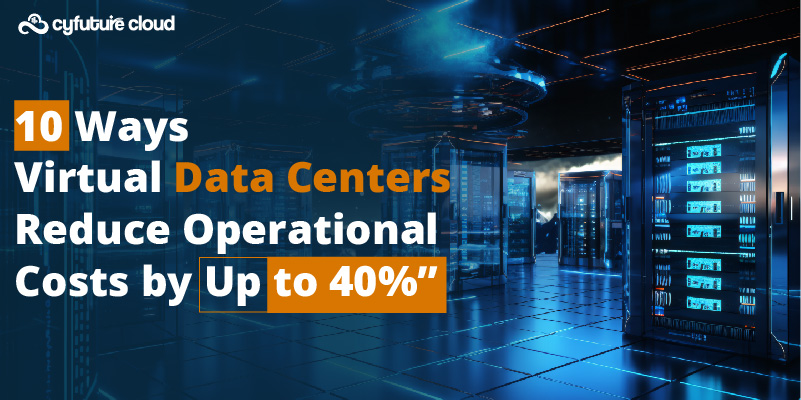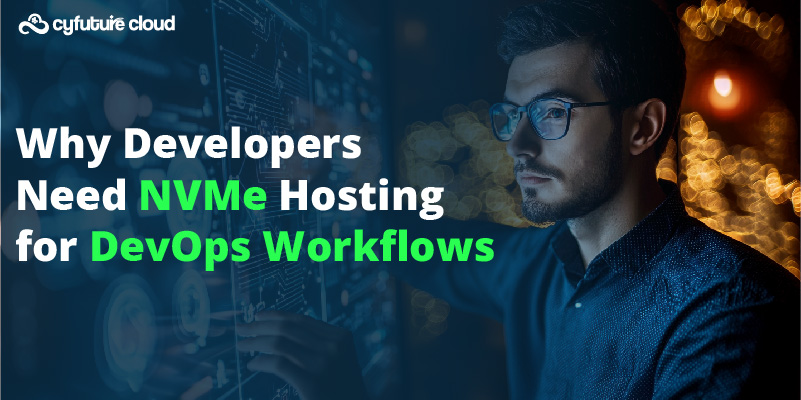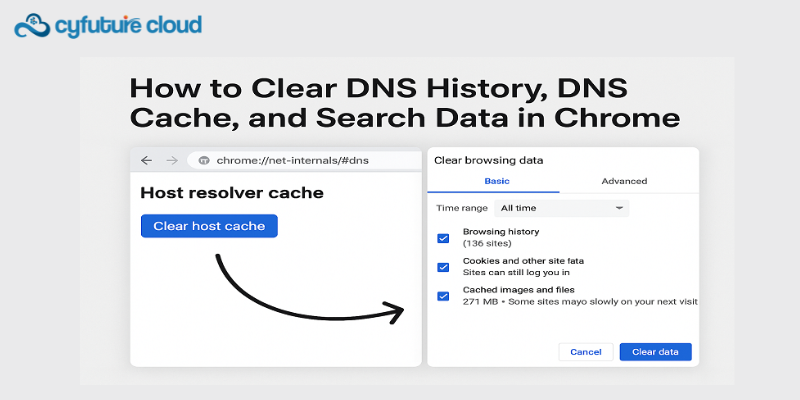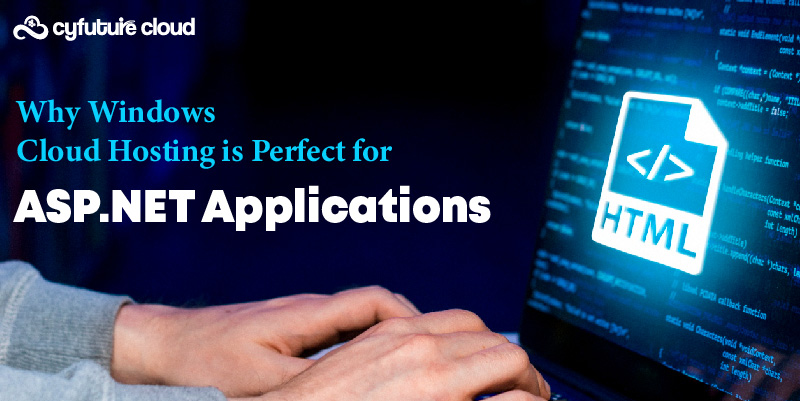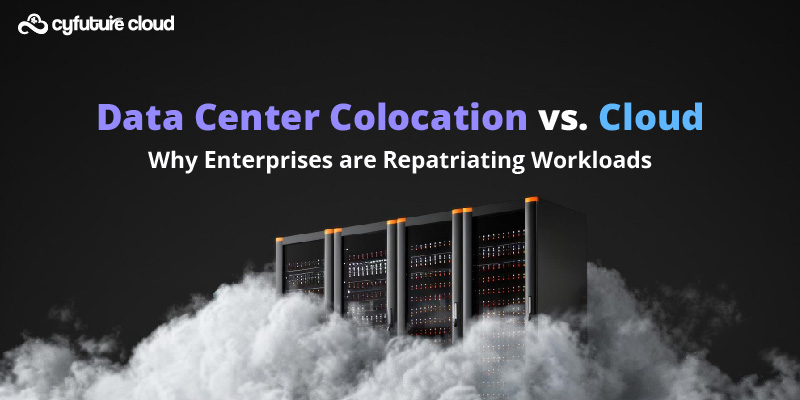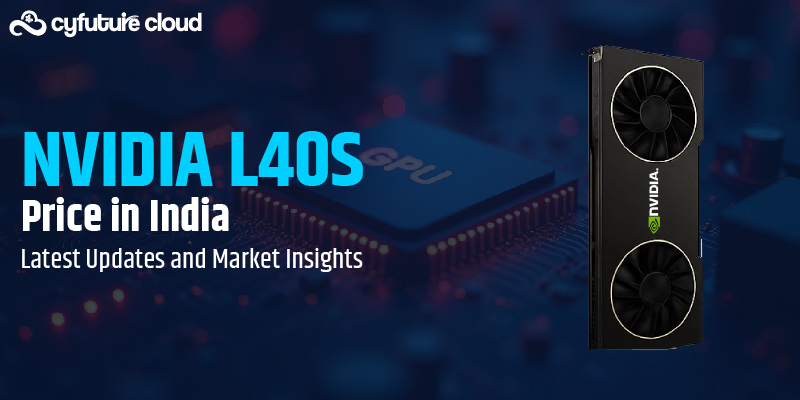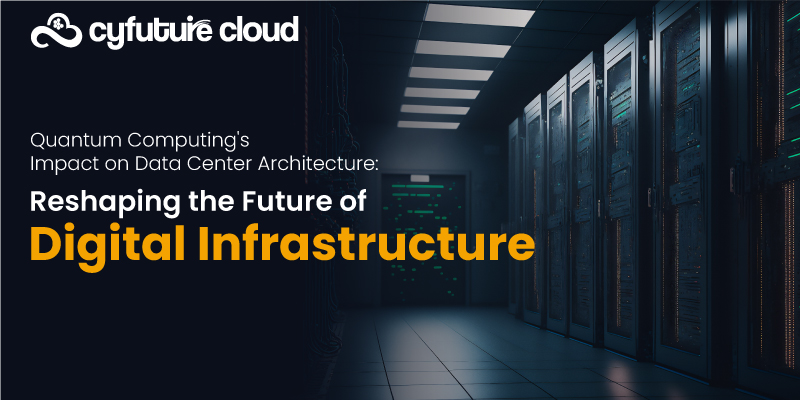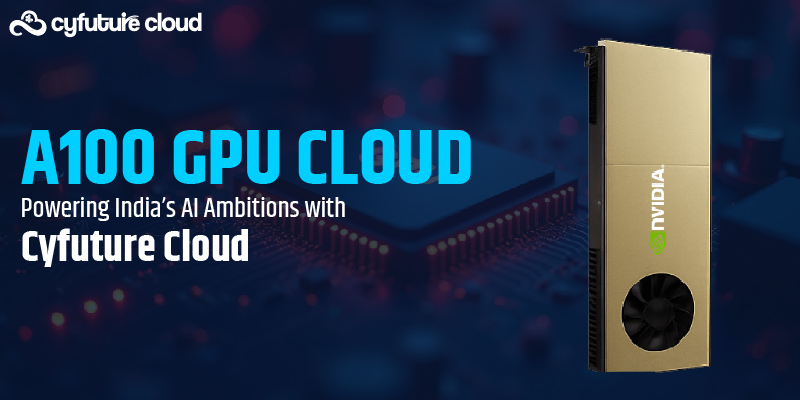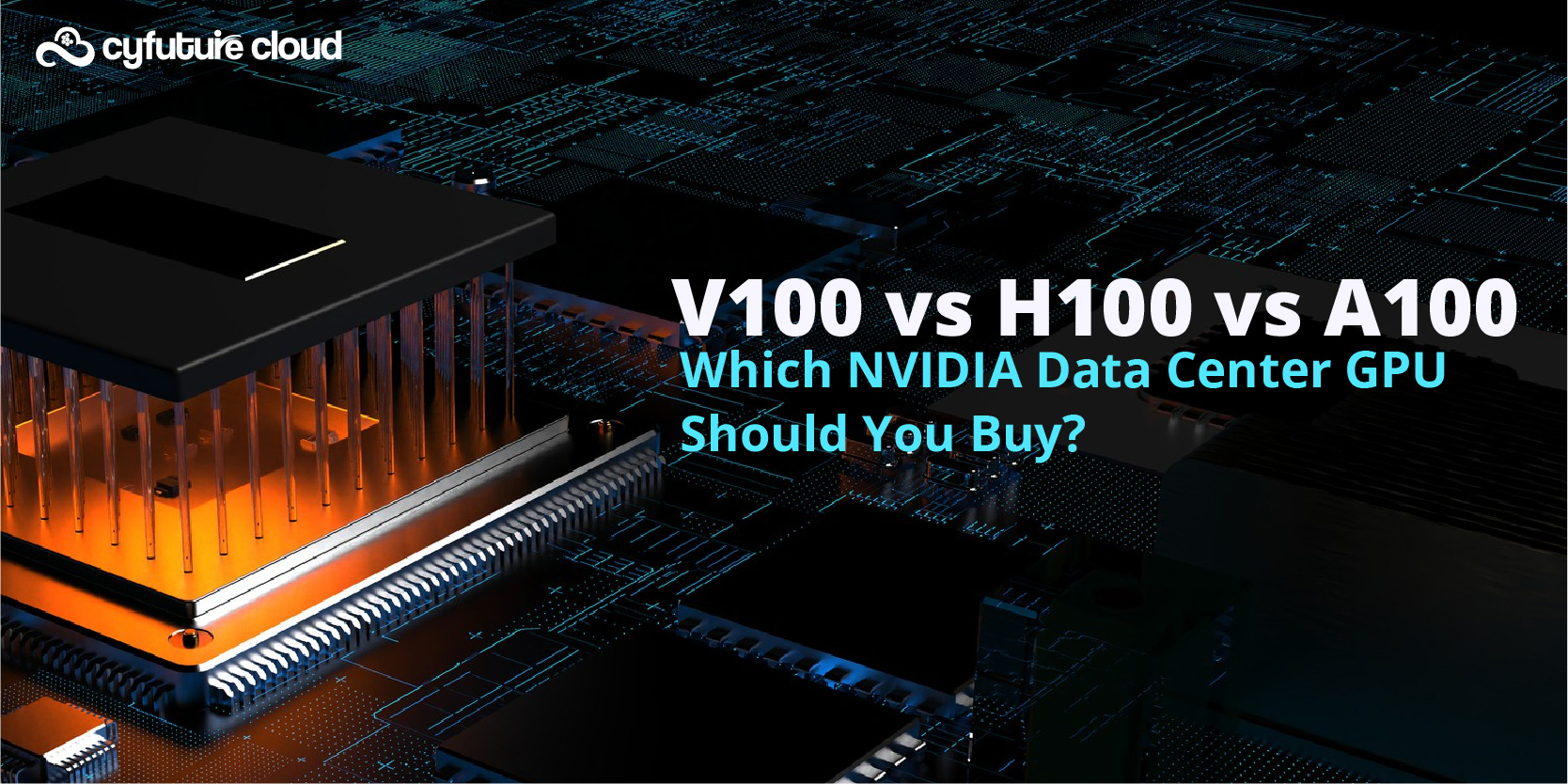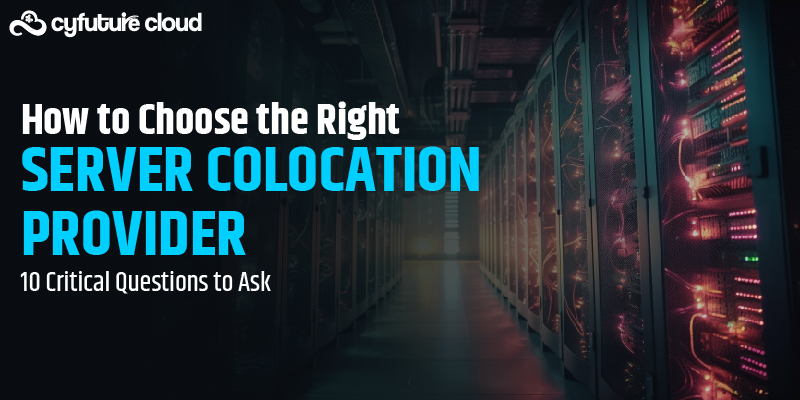Table of Contents
- Looking to Optimize Your AI Infrastructure Costs Without Sacrificing Performance?
- What is GPU Server Selection for AI Workloads?
- Understanding the Three GPU Architectures: L40S, A100, and H100
- Real-World Performance Benchmarks: L40S Server vs A100 vs H100
- Cost Analysis: Rent L40S Server vs Purchasing
- Use Case Recommendations: Which GPU for Your Workload?
- Technical Deep Dive: Architecture Differences
- Cyfuture Cloud: Your Strategic GPU Infrastructure Partner
- NVIDIA L40S Price and Rental Options in 2026
- Optimization Techniques for Each GPU Platform
- Future-Proofing Your GPU Strategy
- Security and Compliance Considerations
- Common Pitfalls and How to Avoid Them
- Accelerate Your AI Journey with the Right GPU Infrastructure
- Frequently Asked Questions
- 1. What is the NVIDIA L40S price compared to A100 and H100 in 2026?
- 2. Can I rent L40S server capacity for short-term projects?
- 3. How does L40S compare to A100 for LLM fine-tuning?
- 4. Is the H100 worth the premium for inference workloads?
- 5. What’s the migration path from A100 to L40S or H100?
- 6. Does L40S support multi-instance GPU (MIG) like A100?
- 7. Which GPU is best for Stable Diffusion and generative AI?
- 8. How do power consumption and cooling requirements differ?
- 9. What frameworks and libraries are optimized for each GPU?
Looking to Optimize Your AI Infrastructure Costs Without Sacrificing Performance?
The landscape of GPU computing has fundamentally transformed in 2026, with NVIDIA’s L40S server emerging as a compelling middle-ground option between the battle-tested A100 and the powerhouse H100. This comprehensive analysis examines real-world performance metrics, cost-effectiveness, and deployment scenarios to help tech leaders, developers, and enterprises make data-driven decisions about their GPU infrastructure investments.
Here’s the reality:
The choice between L40S, A100, and H100 servers isn’t just about raw computational power anymore. It’s about aligning your specific AI workload requirements with the most cost-efficient architecture that delivers optimal performance without breaking your budget.
What is GPU Server Selection for AI Workloads?
GPU server selection for AI workloads involves evaluating computational architectures based on specific use cases, budget constraints, and performance requirements. The process encompasses analyzing tensor core capabilities, memory bandwidth, precision support (FP32, FP16, FP8), and total cost of ownership for training and inference operations.
In 2026, this decision has become increasingly nuanced as NVIDIA’s Ada Lovelace architecture (L40S) challenges the dominance of Ampere (A100) and Hopper (H100) generations across different AI application scenarios.
Understanding the Three GPU Architectures: L40S, A100, and H100
NVIDIA L40S Server: The Multi-Workload Powerhouse
The L40S server represents NVIDIA’s Ada Lovelace architecture in the data center space. Here’s what makes it unique:
Core Specifications:
- CUDA Cores: 18,176
- Tensor Cores: 4th Generation with FP8 support
- Memory: 48GB GDDR6
- Memory Bandwidth: 864 GB/s
- TDP: 350W
- Architecture: Ada Lovelace (released late 2023)
The NVIDIA L40S price positioning makes it particularly attractive. With a market price around $7,500 per card, the L40S achieves breakeven against cloud rental rates of $1-2 per hour within less than one year of heavy utilization.
Key Differentiator: The L40S excels at multi-modal workloads, combining exceptional AI performance with graphics capabilities. With 48 gigabytes of memory capacity, the L40S is the ideal platform for accelerating multimodal generative AI workloads, featuring fourth-generation Tensor Cores with FP8 support that deliver exceptional AI computing.
NVIDIA A100: The Proven Workhorse
The A100 has been the industry standard since 2020, built on Ampere architecture:
Core Specifications:
- CUDA Cores: 6,912
- Tensor Cores: 3rd Generation
- Memory: 40GB or 80GB HBM2e
- Memory Bandwidth: 1,555 GB/s (80GB version)
- TDP: 400W
- Architecture: Ampere
Equipped with 432 third-generation Tensor Cores, the A100 offers up to 20× faster performance compared to earlier GPUs in specific mixed-precision tasks. Its Multi-Instance GPU (MIG) technology allows partitioning into up to seven independent instances, making it incredibly versatile for cloud deployments.
NVIDIA H100: The AI Training Champion
The H100 represents the cutting edge with Hopper architecture:
Core Specifications:
- CUDA Cores: 14,592 (132 active SMs out of 144)
- Tensor Cores: 4th Generation with Transformer Engine
- Memory: 80GB HBM3
- Memory Bandwidth: 3,350 GB/s (3.36 TB/s with NVLink)
- TDP: 700W
- Architecture: Hopper
According to benchmarks by NVIDIA and independent parties, the H100 offers double the computation speed of the A100. The H100 GPU server is up to nine times faster for AI training and thirty times faster for inference than the A100.
Real-World Performance Benchmarks: L40S Server vs A100 vs H100
Training Performance: The Numbers That Matter
Based on comprehensive benchmarks using BERT-base masked-LM fine-tuning workloads, here’s how these GPUs stack up:
Training Cost Comparison (per 10M tokens):
- H100 SXM: $0.88 (86% cost reduction vs A100)
- L40S: $2.15 (66% cost reduction vs A100)
- A100 PCIe: $6.32 (baseline)
Training Throughput (samples/second):
- H100 SXM: 92.8 samples/sec
- L40S: 41.3 samples/sec
- A100 PCIe: 7.68 samples/sec
What These Numbers Mean:
The H100 delivers approximately 12× faster training throughput compared to A100 and 5× faster compared to L40S for transformer workloads. However, when you factor in the hourly rental costs, the L40S emerges as a compelling middle option.
Quote from Reddit user discussing GPU selection:
“For most fine-tuning jobs and RAG implementations, the L40S gives you 90% of what you need at 60% of the A100’s cost. The H100 is overkill unless you’re doing massive pre-training runs.” — ML Engineer, r/MachineLearning
Inference Performance: Where L40S Shines
Inference Cost Comparison (per 1M tokens):
- H100 SXM: $0.026 (86% cost reduction vs A100)
- L40S: $0.023 (88% cost reduction vs A100)
- A100 PCIe: $0.191 (baseline)
Here’s the game-changer: The L40S actually delivers the lowest cost-per-token for inference workloads.
L40S, despite having lower raw speed, achieves a lower cost-per-token rate compared to the A100 in inference due to a 35% lower hourly rate.
Inference Throughput (approximate tokens/second):
- H100 SXM: ~23,800 tokens/sec
- L40S: ~10,600 tokens/sec
- A100 PCIe: ~2,000 tokens/sec
Generative AI and Image Generation Workloads
For Stable Diffusion and similar generative models, the L40S demonstrates remarkable performance:
The L40S achieves up to 1.2× greater inference performance when running Stable Diffusion compared to the A100 due to its Ada Lovelace Tensor Core architecture.
Compared with the NVIDIA A100 GPUs, the L40S GPU has substantially improved general-purpose performance with 4.5× the FP32 performance coupled with 18,176 CUDA cores.
Cost Analysis: Rent L40S Server vs Purchasing
Cloud Rental Pricing (2025-2026)
Hourly Rates from Major Providers:
Based on current market rates:
- H100 SXM: $2.00 – $2.50/hour
- A100 80GB: $1.20 – $1.50/hour
- L40S 48GB: $0.80 – $1.00/hour
When you rent L40S server infrastructure, you’re looking at approximately 35-40% lower hourly costs compared to A100, and 55-60% lower than H100.
Total Cost of Ownership (TCO) Breakdown
Scenario: Medium-sized AI startup running continuous inference workloads
For 1,000 hours of annual GPU usage (typical for production inference):
|
GPU Model |
Hourly Rate |
Annual Cost |
Cost per 1B Tokens Processed |
|
H100 SXM |
$2.25 |
$2,250 |
$26 |
|
L40S |
$0.87 |
$870 |
$23 |
|
A100 80GB |
$1.35 |
$1,350 |
$191 |
Annual Savings with L40S: $480 vs A100, $1,380 vs H100
Quote from Quora discussion on GPU economics:
“We switched from A100 to L40S for our RAG pipeline and cut our monthly GPU bill by 42% while actually seeing better response times for our use case. The key is matching the GPU to your specific workload pattern.” — CTO at AI SaaS company
Use Case Recommendations: Which GPU for Your Workload?
When to Choose H100 Server
Optimal Scenarios:
- Large-scale LLM pre-training (models >70B parameters)
- High-throughput inference requiring <50ms latency
- Research environments pushing state-of-the-art boundaries
- Multi-node distributed training leveraging NVLink
Real-world Application: Organizations training foundation models like GPT-4 class systems, or running extremely high QPS (>100 requests/sec) inference services.
For 24×7 high-QPS API serving exceeding 50 requests per second, H100 delivers the lowest tail latency and headroom to absorb traffic spikes.
When to Choose L40S Server
Optimal Scenarios:
- Fine-tuning and RAG implementations for domain-specific models
- Multi-modal AI workloads combining vision and language
- Cost-sensitive production inference with moderate throughput requirements
- Generative AI platform applications (Stable Diffusion, Midjourney-style services)
- Graphics + AI hybrid workloads (digital twins, 3D rendering with AI)
Real-world Application: Startups and enterprises running customer-facing chatbots, document analysis systems, or content generation platforms where cost efficiency is paramount.
For bursty microservices and A/B testing scenarios, L40S offers the lowest cost-per-token while maintaining identical spin-up time to H100.
When to Choose A100 Server
Optimal Scenarios:
- Legacy workload compatibility requiring Ampere-specific optimizations
- MIG-enabled multi-tenancy where GPU partitioning is essential
- Established production environments with optimized Ampere codebases
- Specific HPC applications validated on A100 architecture
Reality Check: A100 now costs nearly 10 times more per response for inference workloads compared to newer alternatives. Unless you have specific compatibility requirements, migration to L40S or H100 delivers immediate ROI.
Technical Deep Dive: Architecture Differences
Memory Architecture Comparison
|
Feature |
H100 |
L40S |
A100 |
|
Memory Type |
HBM3 |
GDDR6 |
HBM2e |
|
Capacity |
80GB |
48GB |
40/80GB |
|
Bandwidth |
3,350 GB/s |
864 GB/s |
1,555 GB/s |
|
Memory Technology |
Stacked |
Conventional |
Stacked |
Key Insight: While H100’s HBM3 provides superior bandwidth, the L40S’s support for FP8 precision delivers substantial benefits with 2.2× higher token generation when using FP8 instead of FP16.
Tensor Core Evolution
FP8 Support: Both H100 and L40S feature 4th generation Tensor Cores with native FP8 support. This is transformative for inference workloads:
- 8-bit precision reduces memory footprint by 50% vs FP16
- Doubles effective throughput for compatible operations
- Minimal accuracy loss for most inference scenarios (<0.1% degradation)
The A100 lacks native FP8, requiring INT8 quantization workarounds that introduce additional complexity.
Transformer Engine Advantage
The H100 includes 132 active SMs out of a full configuration of 144 SMs, compared to 108 in the A100, with redesigned SMs offering greater efficiency. A key innovation is the introduction of the Transformer Engine, which combines hardware and software features optimized for transformer architectures.
This Transformer Engine automatically manages precision switching between FP8 and FP16 during training, optimizing for both speed and accuracy — a capability unique to H100.
Cyfuture Cloud: Your Strategic GPU Infrastructure Partner
When evaluating where to rent L40S server infrastructure or deploy A100/H100 resources, Cyfuture Cloud stands out as a premier choice for organizations seeking enterprise-grade GPU hosting with unmatched flexibility.
Why Cyfuture Cloud for Your GPU Workloads
- Comprehensive GPU Portfolio
Cyfuture Cloud offers immediate access to all three GPU generations discussed in this analysis, allowing you to:
- Start with cost-effective L40S for development and testing
- Scale to A100 for production workloads requiring MIG capability
- Deploy H100 for cutting-edge training requirements
This multi-GPU approach eliminates vendor lock-in and enables workload-specific optimization.
- Transparent Pricing with No Hidden Costs
Unlike major cloud providers where NVIDIA L40S price can fluctuate or include egress charges, Cyfuture Cloud maintains predictable, all-inclusive pricing that simplifies budgeting for AI initiatives.
NVIDIA L40S Price and Rental Options in 2026
Purchase vs Rent: The Financial Decision
Capital Purchase Considerations:
At $7,500 per card, breakeven against $1-2/hour cloud rates happens in under a year of heavy utilization.
When to Purchase:
- Continuous 24/7 workloads for >12 months
- On-premises security requirements
- Established, predictable AI workflows
When to Rent L40S Server:
- Variable or seasonal workloads
- Rapid experimentation and iteration
- Multi-project environments with shifting requirements
- Avoiding capital expenditure constraints
Flexible Rental Models at Cyfuture Cloud
Cyfuture Cloud provides multiple rental options tailored to diverse enterprise needs:
- On-Demand Hourly: Pay only for active GPU time
- Monthly Reserved Instances: 15-25% discount for committed usage
- Annual Contracts: 30-40% savings for long-term deployments
- Hybrid Burst Capacity: Base allocation + on-demand scaling
Optimization Techniques for Each GPU Platform
H100 Optimization Checklist
Enable torch.compile with fullgraph=True on Hopper to gain an additional 8% in tokens per second by fusing LayerNorm and MatMul operations.
Additional H100 Tweaks:
- Leverage Transformer Engine automatic precision switching
- Use NVLink for multi-GPU scaling (3.36 TB/s aggregate bandwidth)
- Enable FP8 decode paths for <40ms end-to-end inference latency
- Implement KV-cache optimization for LLM serving
L40S Optimization Checklist
Enable NVIDIA TensorRT-LLM on L40S to recover approximately 15% throughput, narrowing the speed gap to Ampere while preserving the L40S’s price advantage.
Additional L40S Tweaks:
- Enable gradient checkpointing at 512+ sequence lengths for training
- Use mixed-precision training (FP16/FP8) aggressively
- Optimize batch sizes for 90%+ GPU utilization (typically batch 16-32)
- Leverage Ada Lovelace’s enhanced RT cores for vision-language models
A100 Optimization Checklist
- Maximize MIG partitioning for multi-tenant deployments
- Use INT8 quantization for inference acceleration
- Enable CUDA Graph captures to reduce CPU overhead
- Optimize for established, stable workloads avoiding cutting-edge features
Future-Proofing Your GPU Strategy
Strategic Recommendation for 2026-2027
Implement a Multi-GPU Strategy:
- Development/Testing: L40S (cost optimization)
- Production Inference: L40S or A100 (based on throughput needs)
- Large-scale Training: H100 or next-gen alternatives
- Experimental Workloads: Cloud burst capacity (on-demand rentals)
This approach maximizes flexibility while controlling costs — exactly what Cyfuture Cloud enables through its diverse GPU portfolio.
Security and Compliance Considerations
Enterprise-Grade Security Features
H100 Advanced Security:
Organizations prioritizing compliance at scale will benefit from the H100’s expanded security architecture with enhanced hardware security modules and isolation technologies compared to A100.
Features include:
- Confidential Computing support (TEE)
- Secure Boot and firmware attestation
- Hardware-enforced memory encryption
- MACsec for NVLink encryption
L40S and A100 Security:
While lacking some H100 advanced features, both provide:
- NVIDIA Trusted Platform Module (TPM)
- Secure firmware updates
- GPU telemetry for anomaly detection
- VRAM ECC protection
Data Sovereignty and Compliance
When choosing where to rent L40S server or other GPU infrastructure, consider:
- Geographic data residency requirements (GDPR, data localization laws)
- Compliance certifications (SOC 2, ISO 27001, HIPAA for healthcare AI)
- Audit trails for model training provenance
- Air-gapped deployment options for sensitive workloads
Cyfuture Cloud maintains certifications across major compliance frameworks and offers dedicated, isolated GPU clusters for organizations with stringent security requirements.
Common Pitfalls and How to Avoid Them
Mistake #1: Over-provisioning for Peak Loads
Problem: Organizations often rent H100 capacity for workloads that rarely use full GPU capability.
Solution: Use weighted round-robin load balancer to direct long prompts to H100 buckets and short, bursty chat requests to L40S, achieving near-perfect fleet utilization.
Mistake #2: Ignoring Memory Bottlenecks
Problem: Assuming more CUDA cores always equals better performance.
Solution: Profile your workload memory patterns. For memory-bound operations (large model inference), the H100’s 3.35 TB/s bandwidth provides disproportionate advantages. For compute-bound training, the L40S’s 18K CUDA cores deliver excellent value.
Mistake #3: Neglecting Total Cost of Ownership
Problem: Focusing solely on per-hour rental rates without considering efficiency.
Reality Check:
- A cheaper GPU running 2× longer costs MORE in total
- Development time savings from faster iterations add real value
- Energy costs in on-premises deployments can be 20-30% of TCO
Mistake #4: Vendor Lock-In Through Optimization
Problem: Over-optimizing code for specific GPU architectures creates migration barriers.
Solution: Use portable abstractions (PyTorch native AMP, ONNX runtime) that automatically leverage GPU-specific features without hard-coding dependencies.
Accelerate Your AI Journey with the Right GPU Infrastructure
The choice between L40S server, A100, and H100 GPUs in 2026 isn’t about finding the “best” option — it’s about identifying the optimal match for your specific AI workloads, budget constraints, and performance requirements.
Here’s your action plan:
For Cost-Conscious Inference Workloads: Deploy L40S servers immediately. With 88% cost savings over A100 and the lowest per-token costs, you’ll achieve ROI within weeks while maintaining excellent performance for production AI applications.
For Cutting-Edge Research & Training: Leverage H100 clusters for large-scale model development where training time directly impacts innovation velocity. The 12× throughput advantage over A100 justifies the premium for time-sensitive projects.
For Hybrid Production Environments: Implement a multi-GPU strategy using Cyfuture Cloud’s flexible infrastructure — L40S for serving, H100 for training, phasing out legacy A100 deployments to maximize efficiency.
Transform Your AI Infrastructure with Cyfuture Cloud
The GPU landscape evolves rapidly, but your infrastructure partner shouldn’t change with every hardware generation. Cyfuture Cloud provides consistent, enterprise-grade hosting across all GPU types discussed in this analysis, with transparent NVIDIA L40S pricing and flexible L40S server rental options that scale with your business.
Immediate Next Steps:
- Audit your current GPU utilization to identify optimization opportunities
- Calculate potential savings using the benchmarks provided in this analysis
- Request a technical consultation with Cyfuture Cloud’s AI infrastructure specialists
- Deploy a pilot workload on L40S to validate performance and cost projections
The AI revolution demands infrastructure that’s both powerful and economical. With the right GPU strategy and a partner like Cyfuture Cloud, you can achieve both without compromise.
Frequently Asked Questions
1. What is the NVIDIA L40S price compared to A100 and H100 in 2026?
The NVIDIA L40S price for hardware purchase is approximately $7,500 per card, compared to $10,000-$12,000 for A100 80GB and $25,000-$30,000 for H100. For cloud rental, expect L40S at $0.80-$1.00/hour, A100 at $1.20-$1.50/hour, and H100 at $2.00-$2.50/hour. The L40S offers the best price-to-performance ratio for mixed AI and graphics workloads.
2. Can I rent L40S server capacity for short-term projects?
Yes, major cloud providers including Cyfuture Cloud offer flexible L40S server rental options ranging from hourly on-demand access to monthly reserved instances. This flexibility is ideal for startups and research teams conducting time-bound experiments without capital investment. Cyfuture Cloud specifically provides burst capacity options for seasonal scaling needs.
3. How does L40S compare to A100 for LLM fine-tuning?
For daily fine-tuning and RAG adapters with sequence lengths of 128-256 and batch sizes of 16-32, L40S delivers near-Ampere speed at 60% of the hourly rate, making it perfect for many small jobs and pipeline workloads. The L40S’s 48GB memory is sufficient for fine-tuning models up to 30B parameters with appropriate optimization techniques.
Not always. While H100 delivers the fastest absolute inference speed at approximately 23,800 tokens per second, the L40S achieves the lowest cost-per-token at $0.023 per million tokens compared to H100’s $0.026. Choose H100 only when ultra-low latency (<50ms) is critical; otherwise, L40S provides better economics.
5. What’s the migration path from A100 to L40S or H100?
Start by profiling your current A100 utilization and identifying workload categories (training vs inference, batch vs real-time). Test non-critical inference endpoints on L40S first to validate cost savings. For training workloads requiring cutting-edge performance, pilot H100 on your most compute-intensive jobs. Most organizations find a hybrid approach optimal: L40S for inference, H100 for training, phasing out A100 entirely.
6. Does L40S support multi-instance GPU (MIG) like A100?
No, the L40S does not support MIG partitioning. This is primarily an A100/H100 feature designed for cloud multi-tenancy. However, the L40S’s lower cost often makes dedicated GPU allocation more economical than MIG-partitioned A100 instances. For true multi-tenancy requirements, consider A100 or H100, or deploy multiple L40S instances.
7. Which GPU is best for Stable Diffusion and generative AI?
The L40S achieves up to 1.2× greater inference performance running Stable Diffusion compared to the A100 due to its Ada Lovelace Tensor Core architecture. Combined with its graphics processing capabilities and lower cost, the L40S server is the optimal choice for production generative AI applications including image generation, video synthesis, and multi-modal content creation.
8. How do power consumption and cooling requirements differ?
H100 has the highest TDP at 700W, followed by A100 at 400W, and L40S at 350W. For on-premises deployments, this translates to significant infrastructure differences. A rack of 8× H100 GPUs requires 5.6kW (plus cooling overhead), compared to 3.2kW for A100 or 2.8kW for L40S. Cloud deployments through Cyfuture Cloud abstract these concerns, but they’re factored into rental pricing.
9. What frameworks and libraries are optimized for each GPU?
All three GPUs support standard frameworks (PyTorch, TensorFlow, JAX) equally well. H100 benefits from NVIDIA’s Transformer Engine in H100-optimized containers. L40S excels with TensorRT-LLM and mixed graphics/AI workloads using Omniverse. A100 has the most mature optimization guides due to its longer market presence. In practice, modern frameworks auto-detect GPU capabilities and optimize accordingly, making manual tuning less critical.
Recent Post
Send this to a friend

 Server
Colocation
Server
Colocation CDN
Network
CDN
Network Linux
Cloud Hosting
Linux
Cloud Hosting Kubernetes
Kubernetes Pricing
Calculator
Pricing
Calculator
 Power
Power
 Utilities
Utilities VMware
Private Cloud
VMware
Private Cloud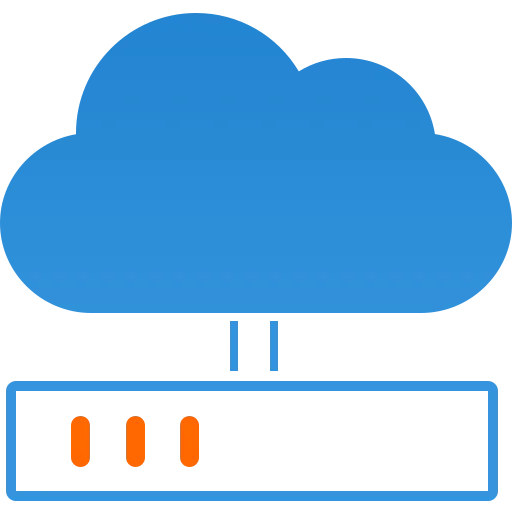 VMware
on AWS
VMware
on AWS VMware
on Azure
VMware
on Azure Service
Level Agreement
Service
Level Agreement 


